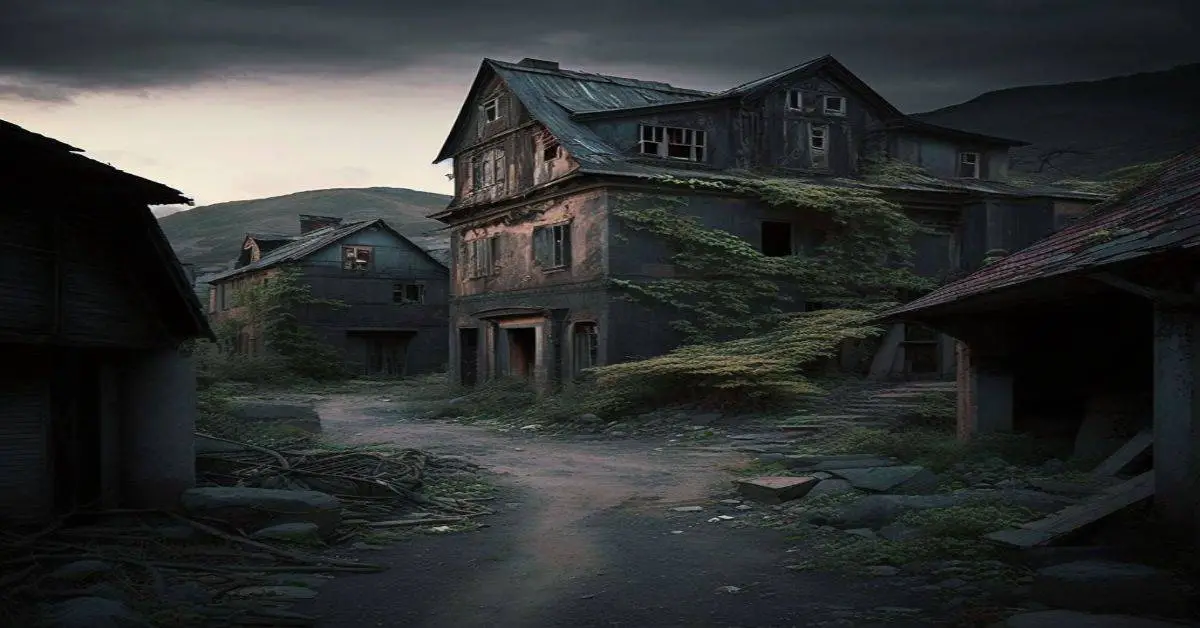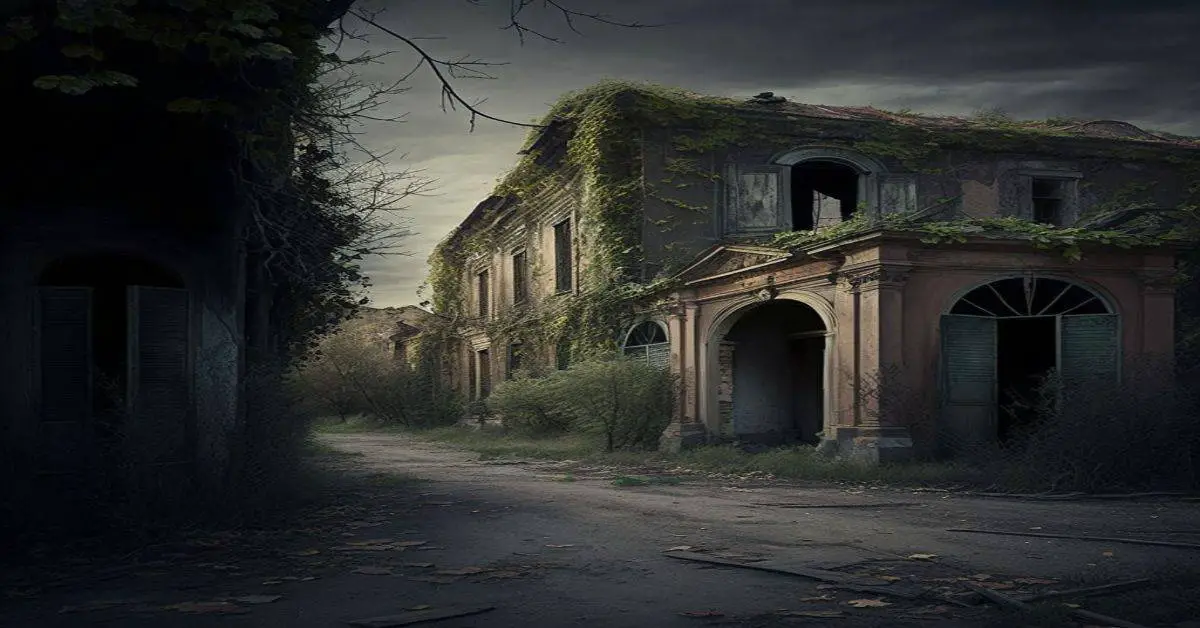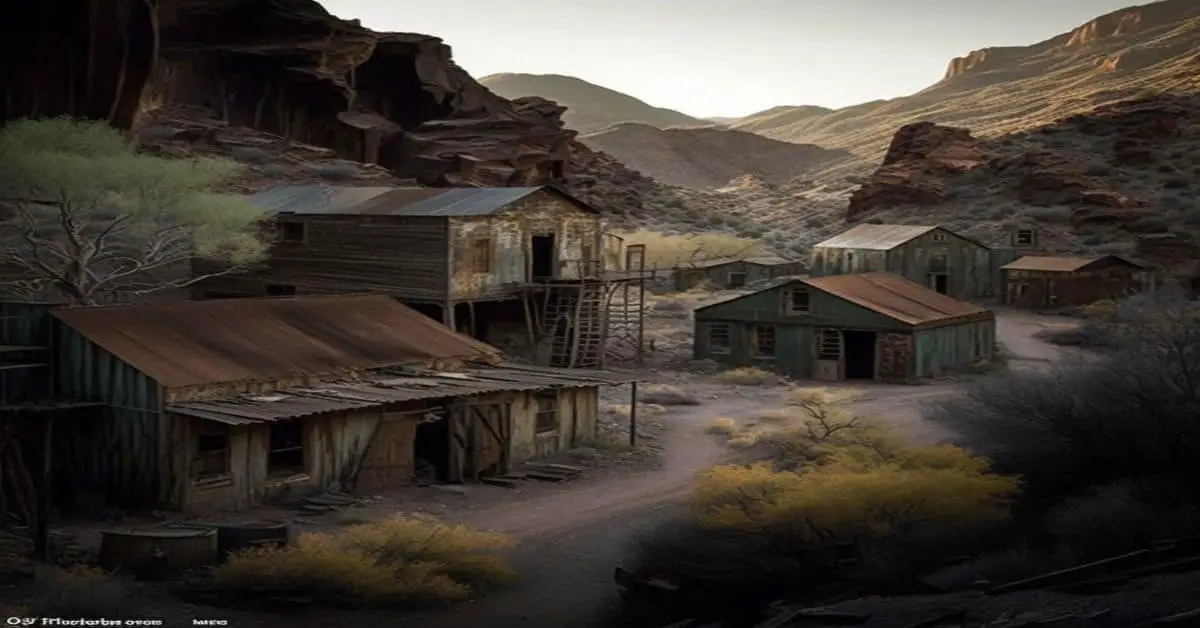For those interested in exploring the history of the American West, South Pass City in Wyoming is a must-visit destination. This charming ghost town offers a glimpse into the state’s rich history, from its early days as a bustling mining town to its current status as a beloved tourist destination.
Nestled in the heart of Fremont County, South Pass City is accessible year-round via 2WD roads, making it an easy destination to reach. Despite being a ghost town, many of the original buildings still stand, giving visitors a unique opportunity to step back in time and experience the daily life of the town’s former residents.
South Pass City’s well-preserved buildings offer a fascinating window into the past, from the historic saloons and shops to the original schoolhouse and church. Whether you’re a history buff, a fan of ghost towns, or simply looking for a unique travel experience, South Pass City is a destination that should definitely be on your radar.
Key Takeaways
- South Pass City is a historic mining town in Fremont County, Wyoming, surrounded by the Rocky Mountains and at an elevation of 7,570 feet above sea level.
- The town has over 30 preserved historic structures, including the South Pass City Hotel, Daily Mercantile Store, and Miner’s Exchange Saloon.
- Visitors can also enjoy nearby attractions such as the Wind River Range and Oregon Trail for outdoor activities, historic landmarks, and local artisan crafts.
- The community of South Pass City plays an important role in maintaining the town’s history and supporting its local economy, and the town is easily accessible year-round via 2WD roads.
Location and Accessibility
The location of South Pass City is in Fremont County, Wyoming, which is situated in the western region of the United States. It is easily accessible by 2WD roads, making it a popular tourist destination.
This historic town sits at a high elevation of 7,570 feet above sea level, surrounded by the majestic Rocky Mountains, which provide a stunning view for visitors.
Exploring the surrounding area of South Pass City is a must-do activity for those who want to experience the beauty of Wyoming. There are several nearby attractions, such as the Wind River Range, which offers hiking and camping opportunities, and the Oregon Trail, which is a historic landmark that played a significant role in the westward expansion of the United States.
Accommodations and lodging options are available in the area, ranging from cozy bed and breakfasts to modern hotels, making it easy for visitors to spend multiple days exploring this historic town and its surroundings.
Features and Attractions
One notable aspect of this destination is the preserved buildings that offer visitors a glimpse into the past, with over 30 historic structures still standing today. These buildings were constructed during the 1860s and 1870s, and have been carefully preserved by the State of Wyoming since the 1960s.
Visitors can explore a variety of buildings, including the South Pass City Hotel, the Daily Mercantile Store, and the Miner’s Exchange Saloon. These buildings offer a unique glimpse into life during the gold rush era.
In addition to the historic buildings, South Pass City is also home to a number of local artisans who showcase their work in various shops throughout the town. Visitors can browse handmade jewelry, pottery, and other crafts made by local artists.
This provides an opportunity to not only experience the history of South Pass City, but also to support the local community and appreciate the talent of these skilled artisans.
Overall, combining historic buildings and local art creates a unique and engaging experience in South Pass City.
Residents and Community
Local residents play an important role in maintaining the community of South Pass City. The small town relies on its residents to preserve its history and support its local economy. Many residents own or work at local businesses, such as gift shops and restaurants, which cater to tourists visiting the town. These businesses provide employment opportunities for the residents and contribute to the town’s overall economy.
In addition to supporting the local economy, residents organize and participate in community events. These events, such as the annual Gold Rush Days, celebrate the town’s history and unite the community. The events often feature historical reenactments, live music, and food vendors. Through these events, residents showcase the town’s unique history and culture, attracting tourists and promoting the town’s economy.
Overall, the residents of South Pass City play a vital role in preserving the town’s history and supporting its local economy through their businesses and community events.
Frequently Asked Questions
What is the history behind South Pass City’s name?
The name South Pass City originates from its location near South Pass, a mountain pass through the Rocky Mountains. Etymologically, it follows the naming conventions of many Western frontier towns, which were often named after their geographical features.
What industries thrived in South Pass City during its peak?
During its peak, South Pass City thrived on the gold and other precious metals mining boom. Transportation routes were also crucial in the town’s development, as it served as a stopover for travelers and goods going to and from California.
Are there any notable events or incidents that have occurred in South Pass City’s history?
Notable events in South Pass City’s history include the 1868 murder of a saloon owner, the 1872 arrest of notorious outlaw Jack McCall, and the 1898 discovery of gold. Wyoming’s first governor, John A. Campbell, and his wife are famous residents.
What is the population of South Pass City and how has it changed over time?
Population trends and demographic changes in South Pass City are difficult to track due to its status as a ghost town. The current population is unknown, but historical records show a decline from a peak of around 2,000 in the 1860s to near-zero by the mid-20th century.
Are there any unique cultural or artistic offerings in South Pass City?
South Pass City offers unique cultural experiences through artistic events and traditional crafts. Visitors can participate in workshops and demonstrations, such as blacksmithing and quilting, and attend events like the annual Gold Rush Days celebration.


